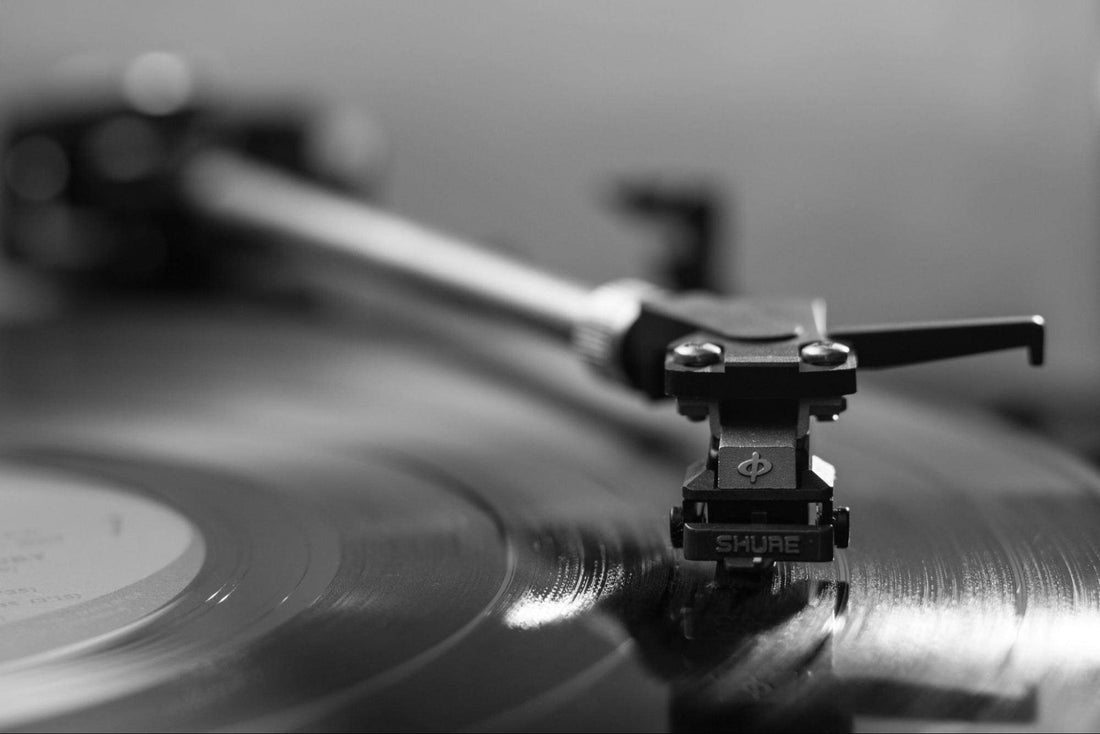
How are Vinyl Records Made? Unveiling the Process
Share
Vinyl records have become more popular in recent years, and for good reason. They offer a warm, uncompressed sound that you simply won’t be able to find somewhere else. But what lies behind this musical medium? How are vinyl records made? If you’re curious about all the work that goes into some of your favorite records, let’s take a closer look at the process that results in the final product you know and love.
How Are Vinyl Records Recorded? Optimizing Tracks
Before your vinyl record is produced, sound engineers have to ensure that each of the individual tracks are properly optimized. This includes checking the levels and tonality of tracks and arranging them so that they can be integrated into both sides of your record. While this may sound like a relatively simple process here, it can be quite complex. This process can take a great deal of time and, sometimes, several sound engineers to get the job done. However, once it’s finished, how are vinyl records made? Here’s what the next steps look like.
What Is a Vinyl Record Made of? Master Discs, Stampers, and Biscuits
The process of making a vinyl record consists of several steps. These include:
- Making the master disc: The master disc is the disc that all subsequent records will be formed from. Master discs begin as aluminum cores that are sanded down extremely finely. A nitrocellulose lacquer is then applied to the disc, and all excess lacquer is removed to ensure it’s ready for imprinting. If it passes inspection, it’s put on a cutting lathe, and the music is engraved into the disc.
- Making the stamper: The answer to “how are vinyl records made?” doesn’t stop here! Once the master disc is finished, it’s time to create the stamper. The stamper is the disc that’s used to create the vinyl records that you purchased. Stampers are formed by washing the master disc (several times throughout the process), spraying it with liquid silver and tin chloride, and then it is electroplated twice. This process can be complex and may vary depending on the project.
- Pressing, testing, and sending out your records: Finally, the stamper is used to create the final vinyl record. PVC pellets are used to create what’s called a “biscuit,” which is pressed in order under extreme pressure to form the record. Once the record has been formed, record companies will then conduct a quality check to make sure their records sound good and are then packaged to be purchased by enthusiasts like yourself!
Protect Your Vinyl Records With Big Fudge
Education can be exciting, especially when you’re asking questions like “how are vinyl records made?” and “how are vinyl records recorded?”. But this is only the tip of the iceberg when it comes to vinyl collections. Protecting and cleaning your vinyl records is essential to enjoying your music properly for years to come. Big Fudge is here to help you with all of your vinyl needs, offering a wide range of high-quality products like vinyl record cleaning supplies and vinyl record protection products. We also offer stellar products at great prices and excellent customer service to help you along your journey. Shop now to get started!


